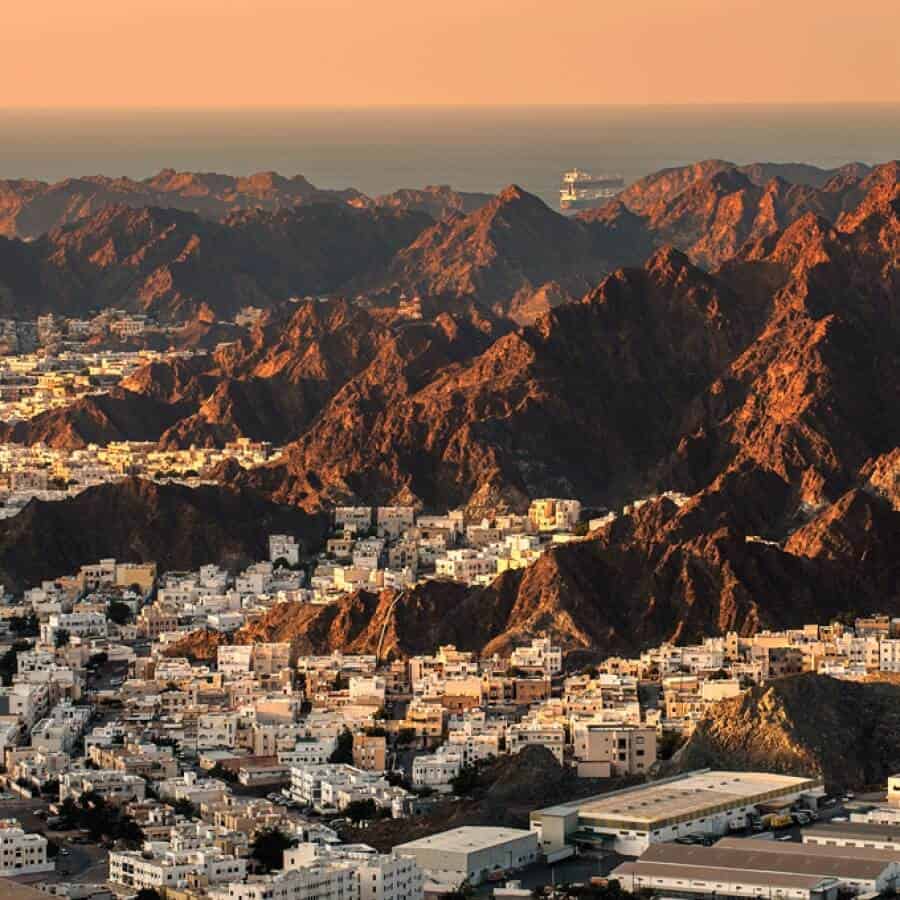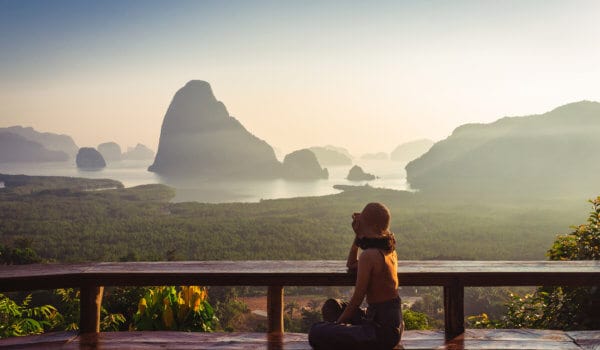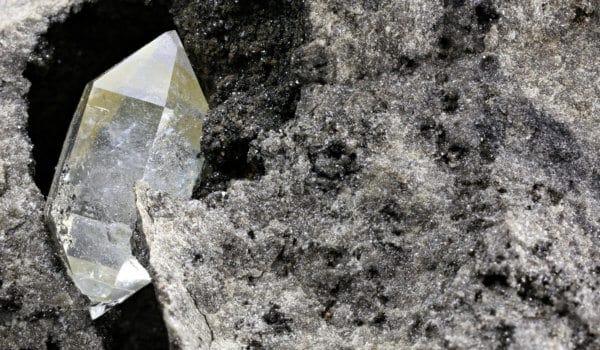Let me introduce you to Oman, an unfairly underrated country in the Middle East. Disproportionate attention is given to the UAE, Qatar, and other countries in the region. Oman, in contrast, is rarely noted despite fact that it offers a lot.
Oman is a quite large country located at the northeastern edge of Arabian Peninsula. It has extensive deserts, many oases, and access to the sea. The population of Oman is about 4mln. Oman is an absolute monarchy with the reigning sultan as the primary figure in the state. Despite the presence of Sharia elements in its laws, Oman is quite open to foreign tourists. The country mostly depends on oil exports, but it also produces important crops of lemons, oranges, and dates. Oman is a real land of contrasts, a place where the old and the new are dramatically juxtaposed because of the rapid pace of development in this Gulf state. Before you head to this amazing country, read some tips on what to visit and do.
How to get there?
There are direct flights from London, Frankfurt, Bangkok, Amsterdam, Paris, Mumbai, Milan, Istanbul, Dubai, Doha and other international airports. If you already have a visa for Qatar and the UAE, you do not need to obtain a separate visa for Oman.
What to see and do?
Begin with Muscat
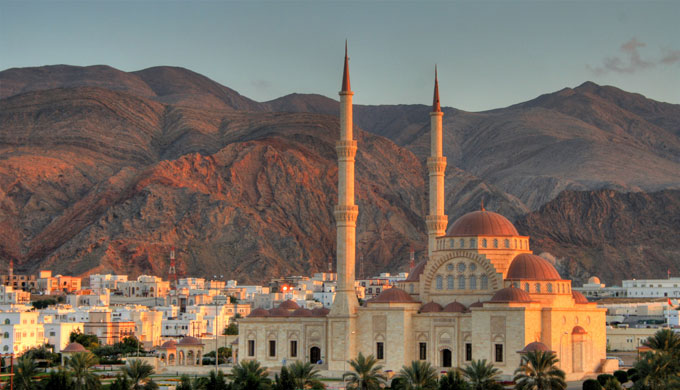
Grand Mosque of Muscat, Oman
Muscat is the capital city of Oman and is where you will arrive by air. Nestled between the Hajar Mountains and the Persian Gulf, Muscat presents a wealth of contrasts between old and new. Unlike Dubai or Bahrain, it is relatively quiet, with fewer crowds and skyscrapers. Muscat will surprise the visitor who has just come from Dubai or Bahrain Muscat, because it is not characterized by soaring skyscrapers or hundreds of high-rise buildings. While walking in the city center you will pass along many broad streets with new buildings and shops. Just be wary of the cars since pedestrians are not much respected in this country. Explore the side streets, which are typically narrow and lined with souvenir shops, street food, and coffee shops. There is a large old town area, known as Old Muscat, where the buildings date from the 17th century. You can wander down the narrow streets, pass through arched gates, and sense the spirit of old, mysterious Muscat. The Old Town is not renowned, and that gives it a special charm with its dusty streets and faded buildings. You can try strong Arabic coffee or black tea in one of these streets. In such confined spaces you will feel little privacy since the atmosphere is a bit chaotic: some people are sitting and speaking loudly while others are passing through on foot or on motorbikes and occasionally shouting something to the pedestrians.
The Al Jalali and Al Mirani Forts
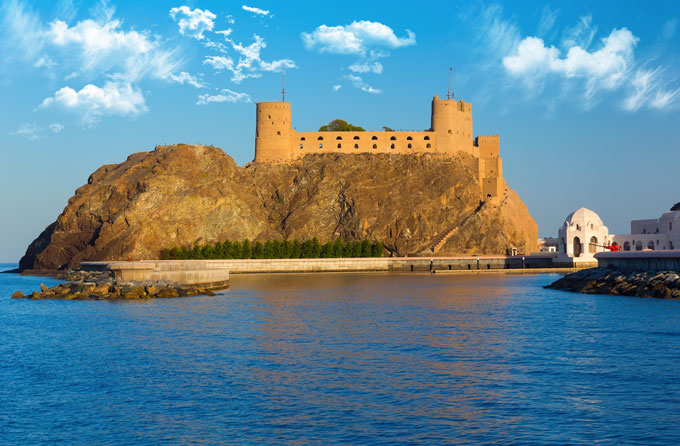
Fort Al-Jalali in Muscat
These are twin forts that overlook the main street from rocky hills. They date from the 16th century and were built by Portuguese colonizers. Both forts served as prisons. Currently they are closed to the public, but you can view them from a distance and imagine how hard it must have been to escape from them.
Qasr Al Alam Palace
Qasr Al Alam is the Kingdom of Oman’s royal palace, and it serves as the primary residence and headquarters office of the Sultan of Oman. The building is very beautiful, especially its main hall, which is colored in yellow and blue with arched windows. However, that’s about all that you can see since entry is forbidden to visitors. You can, however, take as many pictures as you want in front of this amazing palace. And you can take pictures of the beautiful white domes which stand behind the main entrance. You can also walk all around the palace and take pictures of its white walls and arched windows. The palace grounds are beautifully landscaped, with many flowers and nicely designed lampposts.
Sultan Qaboos Mosque
Again, as was the case in Abu Dhabi and Bahrain, I advise you to see a one of the world’s largest mosques. The greatest mosque in Oman is one of largest mosques in the world, and also one of the newest, built only in 2001. The mosque can handle a capacity of 20 000 people. Entrance is free for everyone, whether he/she came to pray or as a tourist. The mosque has five tall minarets which serve as places from which, five times each day, a call for prayer is given to the residents of Muscat. It is hard to say whether the exterior or the interior looks more perfect. The exterior is defined by the large marble square which surrounds the white mosque and its golden dome. There are also many flowered areas around the mosque within the large square. Many people, especially in the evening, gather here with families and friends to walk around the mosque and enjoy the evening air. If you come at dusk you will hear ezan (a call for prayer). When you pass through the main gate you will enter a large courtyard composed of pristine marble and shady trees. The interior is simply stunning, with every centimeter covered in golden, white, blue, or turquoise mosaics, ornamental flourishes, and paintings of flowers. Just imagine how much time was required to fill a space this large with perfectly executed paintings. Inside, you will stand on the second largest Persian carpet in the world, and above you will be an immense chandelier made of Swarovski crystals. It is the largest chandelier in the world, and it is 14m tall. If you spend the night inside the mosque, you will feel like you have lived through a fairytale. The chandelier will shine in various shades of white while the mosaics will be illuminated with light blue or turquoise shafts of light. The scene will remind you of 1001 Nights or some other Middle Eastern fairytale. Near the mosque, you will find prayer beads made from stone or wood. Even if you are not Muslim you can buy them, and you can use them for decorative purpose since they are typically very nicely made.
Qurum National Park
Qurum is the largest park in Muscat. There are many parks in Muscat, but this one is the largest and maybe the most beautiful. The park has extensive green areas, and also flowers and a variety of trees. There is even a manmade waterfall and an artificial lake. You can relax in the shade of the trees, sit next to the lake to read a book, or just chill out. With so much greenery and water you would never imagine that Muscat is a city in a desert.
Mutrah Souk
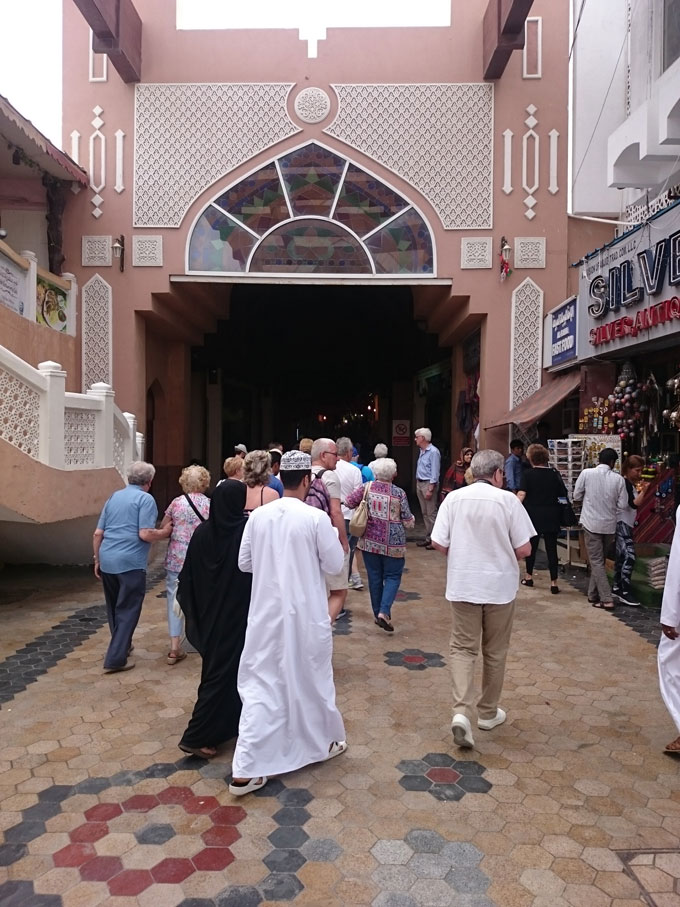
People walking in Mutrah, Muscat, Oman
This is the largest maze style marketplace, not only in Oman, but in the whole Gulf region. The atmosphere is chaotic, noisy, and really crowded, as is common in Arabic bazaars. Everything is sold here, including jewellery, carpets, dresses, souvenirs, vegetables, sabers, tea sets, coffee sets, fruit, shisha tobacco, shisha pipes, street food, handicrafts, spices, peanuts, keshu, fresh meat, and fresh fish. You can spend a few hours in the Mutrah Souk, wandering around, bargaining, and simply enjoying the bazaar’s atmosphere. Be ready for large crowds and the merchants’ shouts, or touts who will try to drag you, gently, into a store.
Along Muscat’s coast
As is the case in every Gulf country, the sea offers many recreational opportunities. In the central areas you can rent equipment for scuba diving, or rent a small sailboat or a yacht, or swim in a cozy swimming pool next to the sea and drink fruit cocktails. You can also travel a bit further from the city to less commercialized beaches and enjoy a calmer atmosphere and a much cleaner sea. Away from the city, the sea is really clean and warm. A scene dominated by the sea on one side and rocky mountains behind is unique and rare. If you are brave enough, you can take a sailboat ride here and contend with fast currents and challenging winds. If you are brave enough, you can scuba dive here and enter one or two of the many underwater caves located in this area. It can be a bit scary, but you will remember your adventure for the rest of your life.
Hike the Hajar
Several guided excursions are available to get you out of Muscat with hikes through the sections of the Hajar Mountains which surround the city on three sides. Since the mountains are rocky and uninhabited you must take a supply of water and keep a hat on your head while hiking. It may be a bit exhausting, but when you reach the peaks you will get breathtaking views over Muscat, both old and new, and its buildings, streets, and minarets, and of course the sea.
Bahla
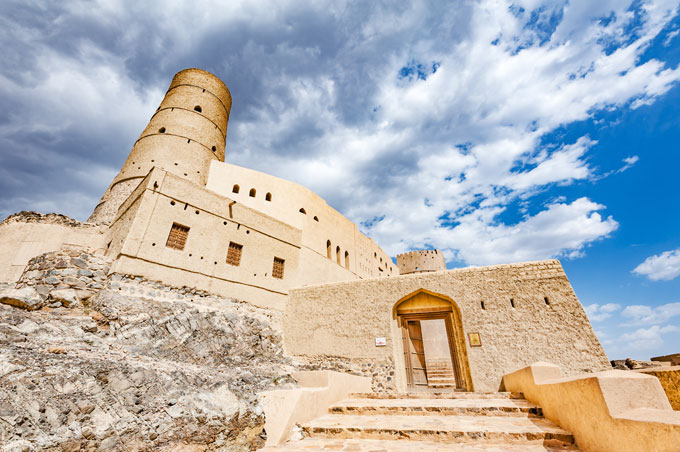
Bahla Fort in Ad Dakhiliya, Oman
Bahla is one of most unique and mysterious places in Oman. It is an historic oasis town located in the desert 200km from Muscat. Once the capital of Oman, Bahla is now under the protection of UNESCO. You can go there by bus or by renting a car. The town is surrounded by a 12km wall which is part of the Bahla fort, which dates from the 13th century. Many of the old, flat-roofed buildings and the old well date from the 17th century, when Oman was governed by the Al Yaruba dynasty. By walking around and observing the daily life of Bahla and the clothing of the local people who live there, you can catch a glimpse into past of this country. You will find many handicrafts and the pottery products which make this old town famous. In the past, the town was famous for black magic, which predated Islam. The old stories have been preserved to the present day, and many people still regard Bahla with a degree of fear. Try to find older people and a good translator and listen to some stories about ghosts, people who were turned into animals, fortune telling, and people who have vanished or who have been possessed by demons.
When you get hungry
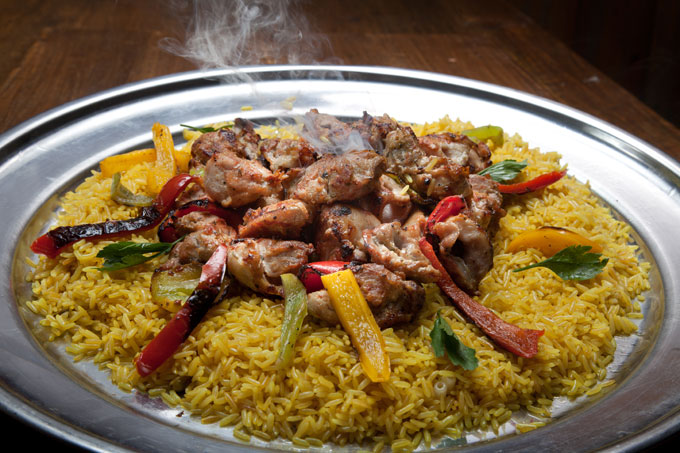
Kabsa
Oman offers a rich cuisine, like most of the Arab countries, but it has unique take on the spices and herbs that we find in Arabic cooking. In addition to chicken and beef, lamb is frequently eaten in Oman. For lunch you can try kabsa, a dish made from rice, lamb, cinnamon, peppers, and lime. Sometimes, instead of lamb, goat and fish can be eaten as ingredients to kabsa. Barbequed lamb kebab is frequently eaten with a bun and vegetables. Shuwa is a distinctive regional dish, consisting of a whole goat that is roasted in a special oven. You should at least try the ribs. For dessert you can try the local version of halva, which is unique in that it is enriched with saffron and dried dates.
Nightlife in Muscat
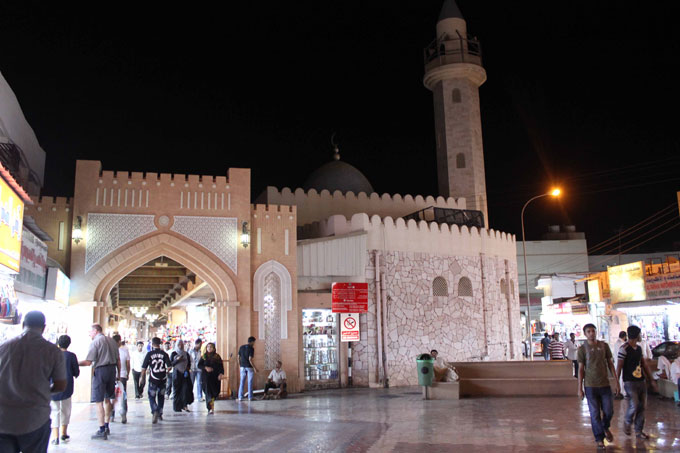
Muscat at Night
Omani nightlife may not be as luxurious as what the visitor can find in Dubai and Bahrain, but nightlife in Muscat is still varied and lively. There are dozens of options for entertainment after dark. There are several dance clubs with Arabic or even foreign rock music. As unusual as it may sound, there are rock bars here in Muscat. You can walk through the old streets and enter shisha bars and enjoy fresh juices and shisha while watching exotic belly dancers. There is a special local variation of the saber dance where the girls who dance hold sabers with their arms, their teeth, or even on their bellies while they dance. Alcohol consummation here is limited but available and free at a few places such as the Irish Pub. You can also spend your evening overlooking the beach, sitting next to a swimming pool and enjoying a cocktail. You can also swim at night, the water will still be warm.
Photos: Shutterstock
Support us!
All your donations will be used to pay the magazine’s journalists and to support the ongoing costs of maintaining the site.
Share this post
Interested in co-operating with us?
We are open to co-operation from writers and businesses alike. You can reach us on our email at [email protected]/[email protected] and we will get back to you as quick as we can.
